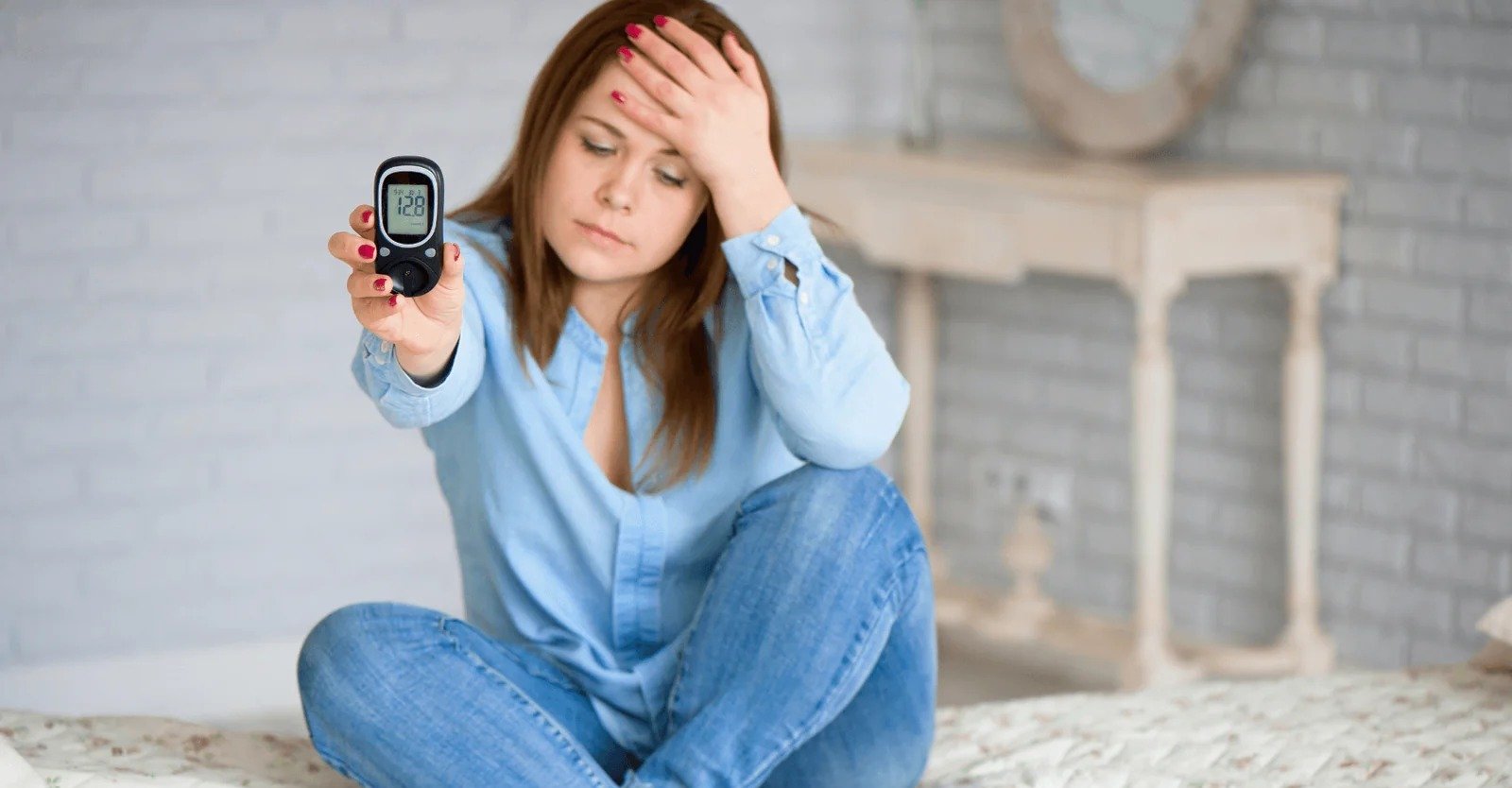Rice is high in carbohydrates. So earlier in the day, diabetic patients used to eat bread instead of rice. But modern medicine does not support that rule. Nutritionists say that rice and bread have almost the same amount of carbohydrates. Even if there is a change in the nutritional quality of Muri, Chidre, Chhatu, Suji, Dalia, or millets, there is not much change in the level of carbohydrates. But the glycemic index of rice is high.
Keeping that in mind, nutritionists say to eat a cup or a small bowl of rice with other foods, i.e., pulses, vegetables, curry, or fish and meat. But for foodies, the sorrow of eating rice is infinite. A bowl of rice will be finished in the blink of an eye. But other padas cannot be eaten without rice. So what to do?
There is a fear of rising blood sugar levels after eating rice. However, to keep this problem under control, a little ghee can be mixed with rice. Nutritionists say that ghee contains fatty acids. Which can slow down the digestion of carbohydrates. As a result, the tendency for blood sugar to rise suddenly decreases. Many believe that ghee can lower the glycemic index of rice. Ghee contains several fat-soluble vitamins. Apart from that, ghee is also good for the intestines. Many people may know that there is a connection between the intestines and the metabolism.
But this trick is not applicable to everyone. Those who have been suffering from uncontrolled diabetes for a long time should not go for such tests. This trick can be done if the blood sugar is slightly higher than normal (borderline). People with heart problems or a fear of high blood cholesterol should also be careful. Eating ghee is good. Therefore, it is not right to use ghee in all cooking or to eat a lot of ghee with rice. Nutritionists say that one cup of rice with one teaspoon of ghee is enough.



